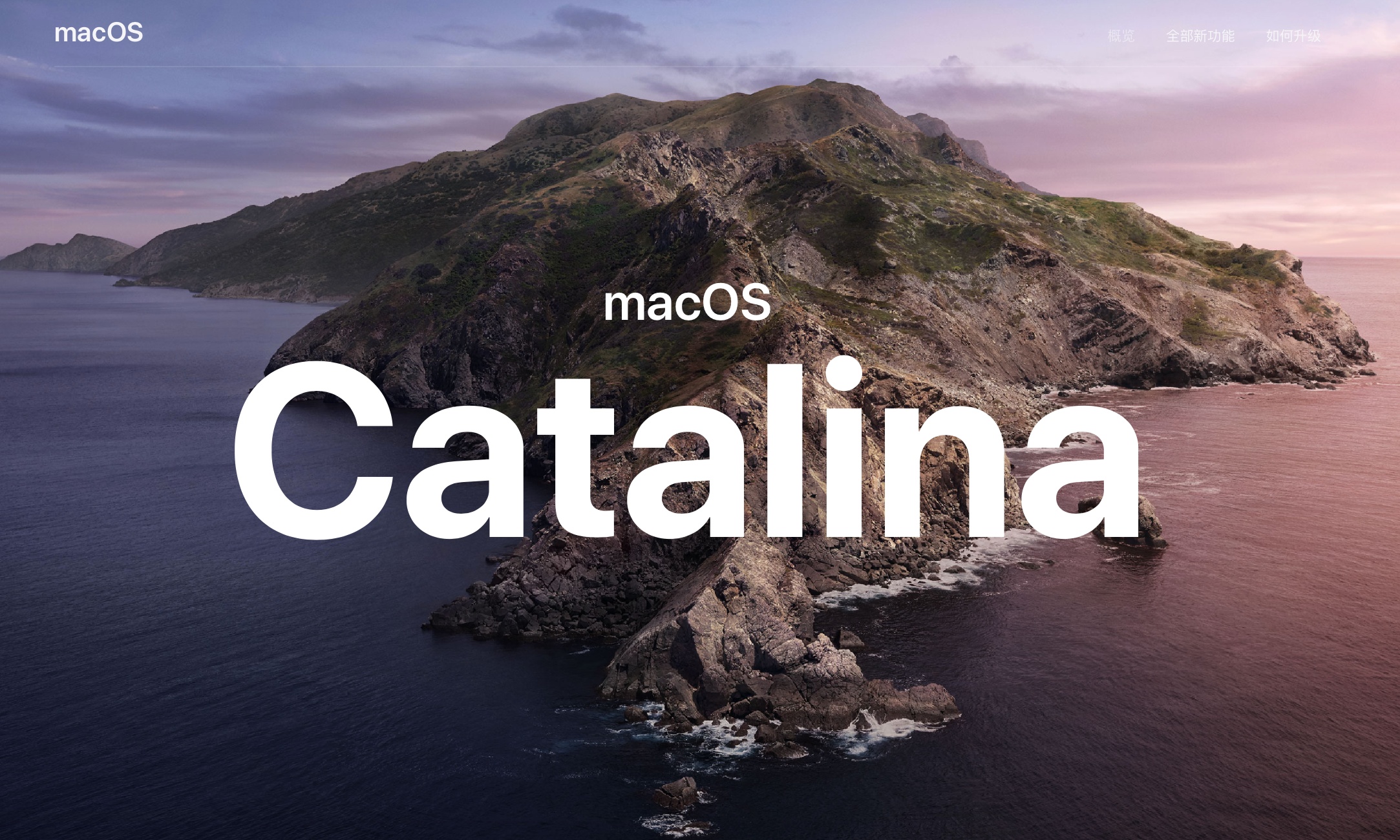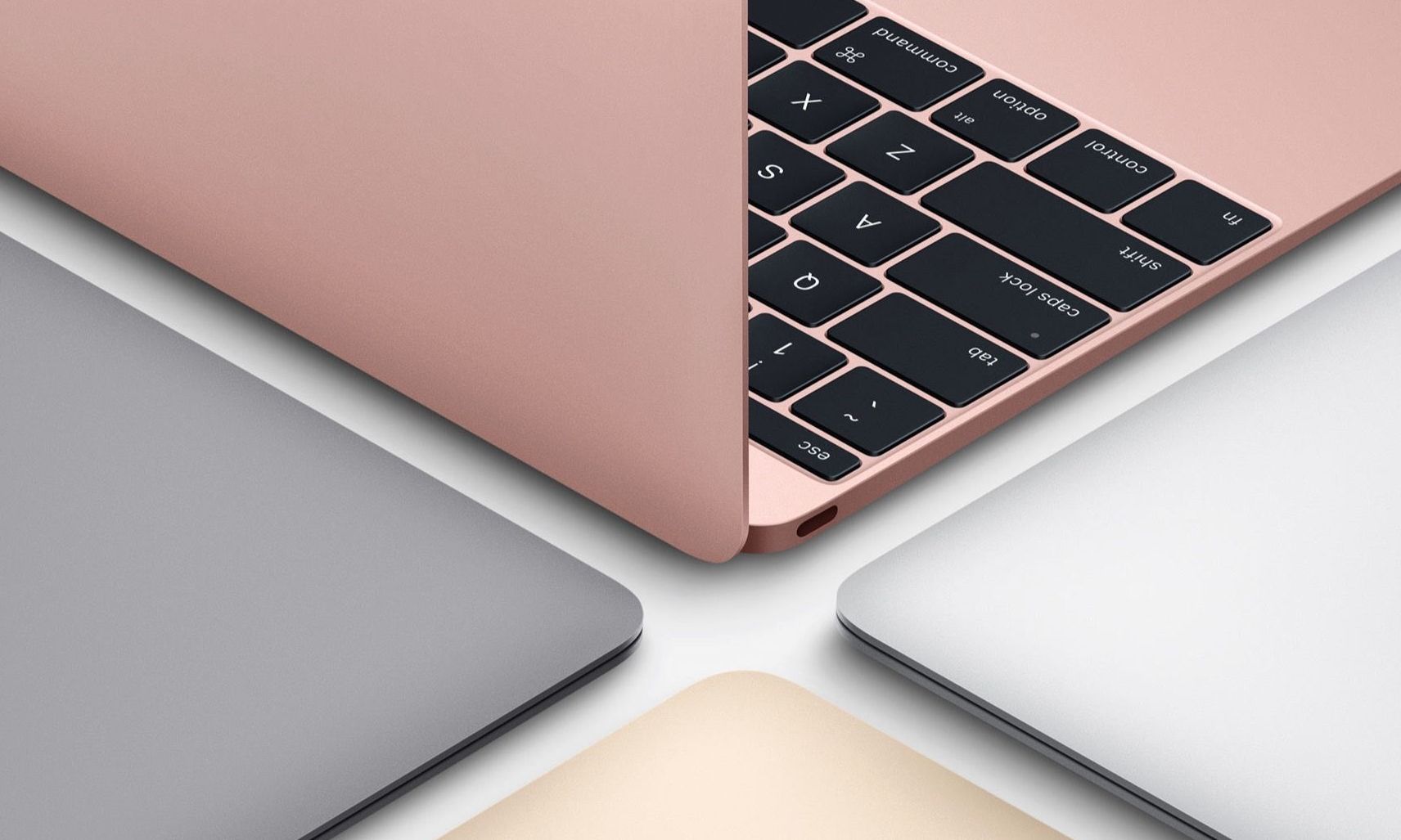On the surface, it ’s a change of architecture. In the bones is Apple ’s old friend Guo Mingming, who broke the news. He also quietly brought new news: before the end of 2020, Apple will bring the first ARM-based processor. A personal computer product, and probably a MacBook.
Combined with Apple ’s focus on the macOS and iPadOS ecology in the past few years, and rumors that it is expected to adopt a new MacBook industrial design in 2021, this may mean that the Apple computer business is about to enter a new stage.
Choose ARM architecture without battery life and heat dissipation
While going online, the 2020 Apple Developer Conference WWDC still chooses to hold it in June, which was the usual practice in previous years. Apple did not postpone the “enforcement”, which may mean that any new technologies and new directions need to be disclosed to developers on time, so that the entire ecosystem has time to follow Apple’s pace.
The previous sessions of WWDC focused on the mobile ecosystem dominated by iOS devices. Various new features of iOS such as dark mode, use time management, AR and machine learning capabilities, Mac and macOS seem to be much more low-key, more Like a patchwork change to an old huge system, it lacks a revolutionary upgrade.

If you want to choose the best timing for the ARM version of the MacBook, then the WWDC is definitely on the list. There is still more than three months before the fall iPhone conference. Don’t worry about the attention being taken away by the latter. Announcing the relevant information in advance can also prepare developers to provide enough applications and ecology by the end of the year.
Apple continues to advocate the concept of “write multiple runs at one time”, and after taking the lead to bring iOS news, stocks, voice memos, and home applications to macOS, it also provides Project Catalyst and the corresponding UIKit interface to help the first The three-party application came from the phone and tablet to the computer screen.
In addition to the software precautions, another reason why the ARM version of the MacBook can be widely believed is Apple’s chip research and development capabilities. Starting with the A4 chip of the iPhone 4, Apple has accumulated more than ten years of experience in the development of ARM architecture, and it can be inferred from the previous generations of Apple A series chips that the CPU performance is ahead of its competitors. Vulgar.

Since the switch from PowerPC-based IBM processors to x86-based Intel processors in 2005, Apple’s personal computer business, including the MacBook, has experienced a brilliant 15 years. Among the notebooks of the same specifications, the MacBook is the most outstandingly designed with the best display performance. It also has platform advantages such as audio and video processing in the same price notebook.
The switch of the MacBook to the ARM architecture may be due to the idea that Apple hopes to become thinner and lighter. The moment Jobs took out the MacBook Air from the file bag, the refreshing 12-inch MacBook showed the desire of Apple to explore. If you want to further push the thin and light, using ARM chips seems to be the logical thing.

The advantage of the low power consumption of the ARM architecture has greatly reduced the heat dissipation pressure of the device. Under the size of the MacBook, let alone remove the heat pipe, pure passive cooling can meet the performance release requirements of the ARM architecture. After removing the heat dissipation structure, the volume can be further controlled, and performance and battery life can be guaranteed, which is almost the best choice.
It ’s not just Intel chips that are lost
Intel ’s difficulty in updating the processor process also reflects the predicament of the current PC industry to a certain extent: the market growth opportunities are divided by mobile phones and tablets, the device update cycle is lengthened, and the user ’s demand for mobility and battery life is again Lack of satisfaction. Some manufacturers choose to switch to AMD processors, which have a relatively low cost. They also have better performance and can allocate budget to improve other parts of the product.
It is very Apple-style to try ARM chips on MacBook. The use of AMD processors can not fundamentally change the MacBook experience. It only helps Apple reduce production costs, and Apple often prefers to improve the user experience, such as reducing thickness and weight and improving battery life.
What’s more, the performance of Apple’s A-series chips has already caught up with some of the mobile platform versions of Intel.